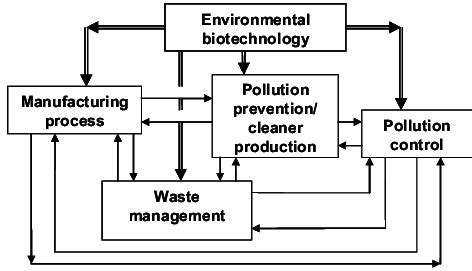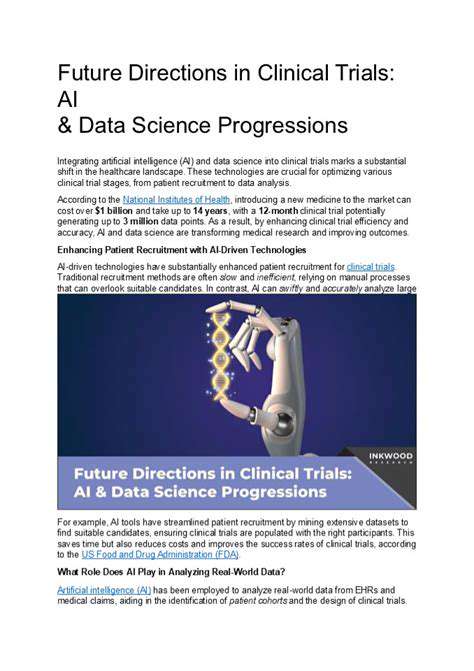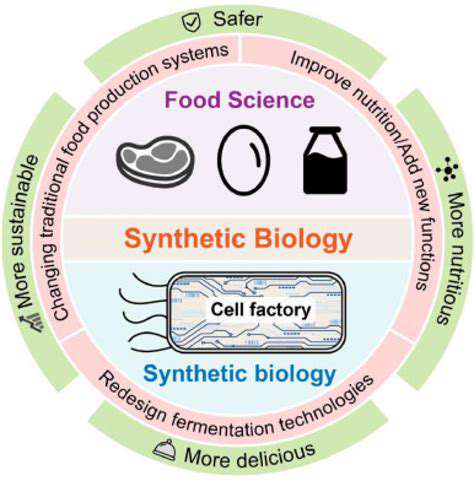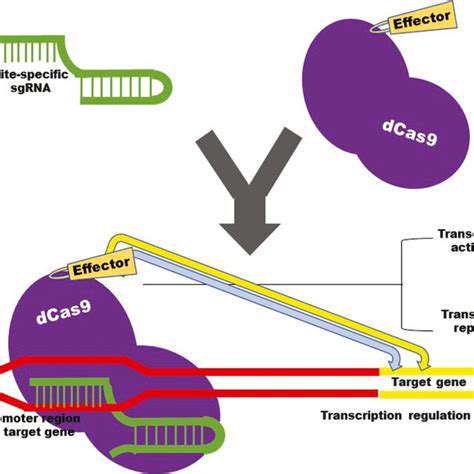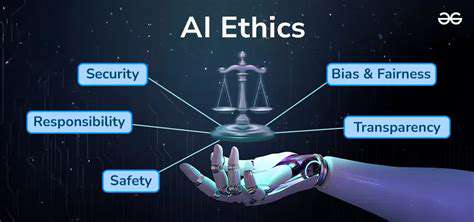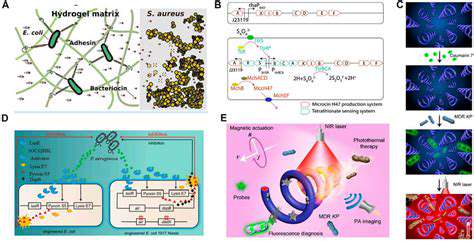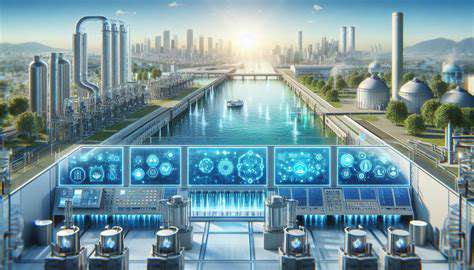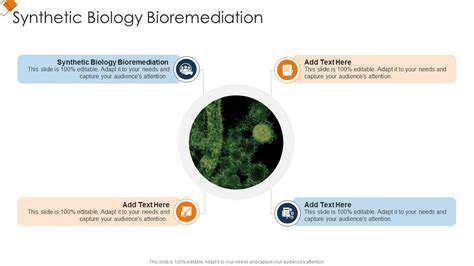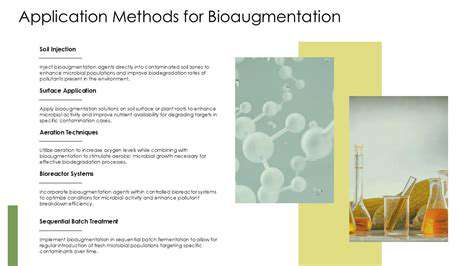
Bioaugmentation: A Powerful Tool for Environmental Remediation
Bioaugmentation is a promising biotechnology that leverages microbial communities to degrade pollutants in the environment. It involves introducing specific microorganisms or modifying existing ones to enhance their ability to break down harmful substances like petroleum hydrocarbons, pesticides, and heavy metals. This process significantly accelerates the natural biodegradation processes, offering a potentially cost-effective and environmentally friendly solution for contaminated sites.
This technique holds significant potential for addressing complex environmental challenges. By introducing specific microbes, bioaugmentation can target specific pollutants, unlike other methods that may have broader impacts. This targeted approach can be tailored to address specific contamination issues, making it a powerful tool for environmental remediation.
Mechanism of Action and Microbial Selection
The success of bioaugmentation hinges on the selection of appropriate microorganisms and their ability to effectively degrade the target pollutants. Researchers carefully select or engineer microbes with the desired enzymatic capabilities, allowing them to metabolize and transform the pollutants into less harmful byproducts. This involves understanding the microbial metabolic pathways involved in pollutant degradation and selecting or modifying microbes to express the necessary enzymes.
Effective bioaugmentation strategies require a deep understanding of the specific microbial communities and their interactions with the environment. Careful consideration of environmental factors, such as pH, temperature, and nutrient availability, is crucial for the survival and activity of the introduced microorganisms. In addition, factors such as the presence of inhibitory substances should also be considered.
Factors Influencing Bioaugmentation Success
Several factors significantly influence the success of bioaugmentation strategies. These factors include the characteristics of the target pollutant, the specific microbial community introduced, the environmental conditions at the contaminated site, and the availability of essential nutrients. Optimizing these factors is crucial for achieving maximum biodegradation rates. For instance, the presence of co-contaminants or other environmental stresses can hinder the process.
Applications and Challenges of Bioaugmentation
Bioaugmentation has demonstrated promising applications in various environmental scenarios, including oil spill remediation, industrial waste treatment, and contaminated soil restoration. The technology shows great promise in addressing a broad range of environmental problems. However, challenges remain, including the cost-effectiveness of microbial isolation and cultivation, the potential for introduced microbes to negatively impact native microbial communities, and the need for long-term monitoring of the effectiveness of the treatment.
Future Directions and Research Needs
Future research in bioaugmentation focuses on developing more efficient and cost-effective methods for microbial selection and modification. Improving the ability to predict and control the microbial behavior in complex environments is crucial for broader implementation. Further research is needed to better understand the interactions between the introduced microbes and the native microbial communities, as well as the long-term effects of bioaugmentation on ecosystem health.
Biogas Production from Organic Waste: A Sustainable Energy Solution
Understanding Organic Waste
Organic waste, encompassing food scraps, agricultural residues, and sewage sludge, presents a significant environmental challenge. Improper disposal leads to greenhouse gas emissions, pollution of water sources, and the spread of disease. However, this waste also holds tremendous potential as a renewable energy source. Transforming it into biogas offers a sustainable solution to both environmental problems and the growing demand for clean energy.
The decomposition of organic matter in anaerobic conditions produces biogas, primarily composed of methane and carbon dioxide. Understanding the characteristics and composition of different organic waste streams is crucial in optimizing biogas production processes.
Anaerobic Digestion: The Core Process
Anaerobic digestion is the cornerstone of biogas production. This biological process involves the breakdown of organic matter by microorganisms in the absence of oxygen. The process typically involves several stages, each with specific microbial communities responsible for different stages of decomposition. Efficient anaerobic digestion relies on maintaining optimal conditions of temperature, pH, and retention time to maximize biogas yield and quality.
Benefits of Biogas Production
Biogas production offers a multitude of benefits, extending beyond simply generating clean energy. It reduces reliance on fossil fuels, mitigating climate change by decreasing greenhouse gas emissions. Moreover, it creates a closed-loop system, diverting organic waste from landfills, thereby minimizing environmental pollution. The digestate, a byproduct of the process, is a nutrient-rich fertilizer that can enhance soil fertility.
Furthermore, biogas production can create economic opportunities, particularly in rural communities, by providing a sustainable alternative energy source and a valuable means of waste management.
Technological Advancements in Biogas Plants
Recent advancements in biogas plant technology have improved efficiency and sustainability. Innovations in digester design, including improved mixing and temperature control, have led to higher biogas yields. The development of advanced monitoring and control systems allows for better optimization of the process, resulting in increased energy production and reduced operating costs. These advancements have made biogas production more accessible and economically viable.
Challenges and Considerations in Biogas Production
Despite the numerous advantages, biogas production faces several challenges. One major hurdle is the variability in the quality and quantity of organic waste feedstock. Inconsistencies can impact the efficiency of the digestion process. Furthermore, the cost of establishing and operating a biogas plant can be substantial, requiring careful economic analysis and potential financial incentives to make the venture financially viable. Effective waste management strategies are essential to ensure consistent feedstock supply and maximize economic benefits.
The Future of Biogas as a Sustainable Energy Source
The future of biogas as a sustainable energy source is bright. Continued research and development in anaerobic digestion technology will likely lead to even higher efficiencies and lower costs. Policy support and investment in biogas infrastructure are crucial for accelerating the adoption of this technology. As the global demand for renewable energy grows, biogas production is poised to play an increasingly important role in transitioning to a sustainable energy future.
Micro-credentials are becoming increasingly popular as a way for individuals to acquire specific skills and knowledge in a flexible and focused manner. Unlike traditional degrees, which often require significant time and financial investment, micro-credentials allow learners to acquire targeted skills relevant to current job market demands. This agility is particularly attractive in a rapidly evolving job market where staying current with the latest technologies and industry trends is crucial.
Bio-based Materials from Waste: Creating a Circular Economy
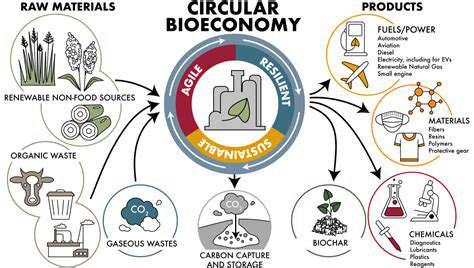
Bio-based Materials from Agricultural Waste
Agricultural waste, a significant byproduct of food production, presents a considerable environmental challenge. Proper management of this waste is crucial for minimizing pollution and maximizing resource utilization. Converting this waste into valuable bio-based materials offers a sustainable solution, creating a circular economy model. This process reduces reliance on fossil fuels, minimizes landfill waste, and creates new opportunities for economic growth. Harnessing the potential of agricultural waste streams is a critical step towards a more sustainable future.
Many agricultural residues, such as corn stalks, rice husks, and sugarcane bagasse, possess inherent properties that can be transformed into various bio-based materials. These materials can serve as alternatives to traditional materials derived from petroleum, offering a pathway to reduce our dependence on finite resources.
Chemical Composition and Properties
Understanding the chemical composition of agricultural waste is fundamental to determining its potential applications. The composition of these materials, including cellulose, hemicellulose, and lignin, influences the properties of the resulting bio-based materials. Analyzing and manipulating these components allows for tailored production of specific materials with desired characteristics. For example, varying the lignin content can impact the strength and durability of the final product.
Different agricultural wastes exhibit varying chemical compositions, affecting the processing steps and the final material properties. This variation necessitates tailored processing techniques to achieve optimal material characteristics.
Processing Techniques and Conversion
Various processing techniques are employed to transform agricultural waste into bio-based materials. These techniques often involve physical, chemical, or biological methods. Physical methods, such as grinding and milling, can enhance the accessibility of the material for further processing. Chemical treatments, such as hydrolysis and enzymatic treatments, can further modify the structure and properties of the biomass.
Biological processes, such as fermentation, can be used to produce valuable chemicals and biofuels from agricultural waste. Choosing the appropriate processing method is crucial to optimize the conversion efficiency and maximize the value of the final product.
Applications and Market Potential
The applications of bio-based materials derived from agricultural waste are diverse. These materials can be used in a wide range of applications, including packaging, construction, and textiles. The market for these materials is growing rapidly as consumers and industries seek more sustainable alternatives. This growing demand presents a significant opportunity for innovation and entrepreneurship.
The potential market for bio-based materials from agricultural waste is substantial. Factors like government regulations, consumer preferences, and technological advancements will influence the market's growth trajectory.
Environmental and Economic Benefits
The production of bio-based materials from agricultural waste offers significant environmental benefits. Reducing reliance on fossil fuels and minimizing landfill waste are key advantages. These materials contribute to a more sustainable and circular economy, reducing our environmental footprint. Furthermore, the development of bio-based materials can stimulate economic growth in rural communities by creating new job opportunities and industries.
The economic viability of bio-based material production is dependent on factors such as feedstock availability, processing costs, and market demand. Government policies and incentives can play a crucial role in fostering the development and implementation of these technologies.
